Review by Eric Page
Kathy Diamond plays Bet Lynch in this one-woman performance of monologues and music. A celebratory performance raises a glass to the unmistakable female character made famous by British actress Julie Goodyear of the world’s longest running soap opera, Coronation Street.
Diamond – decked out in leopard prints and sterling blonde beehive, classy jewellery and slippers – looks and sounds the part. The show opens as Bet puts the final touches to her look before starting off into a chatty and reflective series of reminisces and songs which allows us insight into the hard life that Bet’s knowingly taken.
She’s self-aware is this Bet, she knows the road less taken but one which has given her agency, has cost her most of things she was brought up to believe were her due. But there’s no regrets here, just acknowledgement of what could have been, a puff on the cigarette, a brushing down of the leopard print, a ‘Come on Chuck’, and a firm step into the future. In the soap she eventually settles in Brighton…
Bet’s iconic fondness for leopard print clothes and beehive hairstyle became the inspiration for Freddie Mercury‘s drag character in the music video for I Want to Break Free.

We get insight into her mother, sighing and exasperated at her teenage pregnancy, an eventual marriage to man who never said he loved her, but stayed and asked for her hand.
We feel the anger directed at men who never quite made the grade – ‘why lie to get owt?’ she asks us, but there’s no wistfulness here, more a dislike of the ways that men have deceived her for the sake of the comfort of her buxom barmaid charms. Charms she’s happy to share for a night or a life anyway. It’s a hard life being a leading lady in a soap, them writers give you no rest.
We feel Bet the woman, tender, whole, emotionally unfulfilled by her lovers, but not by her life. Bet the friend, turning over the disappointment from the other women in her life. There’s Bet the agony aunt, with some funny phone interactions with a younger Racheal.
There’s an honesty in this portrayal, one which shows deep respect to the many many women that Bet is part of, she may have come to represent them, but Julie Goodyear pulled them out of the strong Northern brassy women she knew as a child. There’s nowt pathetic here Loves, keep walking if you’re wanting tragedy, this is Bet triumphant, but it’s a victory that has cost her hard. Barmaid. Icon. Blonde Rocket and Femme Formidable.

It’s written well, appears to be in rhyming couplets which gives it the (very Fringe) feel of a cross between Sylvia Plath and Shakespeare, it’s played for pathos, eliciting compassion, not pity. Diamond has obviously worked hard on this, and it’s a labour of love, if you’re a fan of Bet or Coronation Street this show will have extra layers for you, but you can rock up and learn without any real knowledge of the character or the soap, it’s all mostly tightly focused on Bet, her narratives stand alone.
The set is the bar of the Rovers and Bet’s dressing table, some lovely period details, a squirt of hairspray and a mist of Dior’s Poison is an evocative way of summoning up the ’80s.
Within the carefully cultured Lancashire accent there’s some gems of inflection, of idiom and some very cool lines. – ‘My Best bitter brings all the boys to the yard’.
Diamond has a knack for song parody and weaved through this reflective show, where Bet talks to us as if we’re in her bar, she pauses to pop some music on, then sings along to it, the lyrics of the songs changed to fit. We sing along with the chorus, it feels like we’re in the back room of the Rovers Return. A delicious homage to Betty’s Hotpot is sung, ‘nobody does it Betty’.

The final part has a perfect rendition of Charlene’s classic hit I’ve Never Been to Me brilliantly rewritten as I’ve been to Warrington but I’ve never been to Leeds. We sing along, the faded brass band theme kicks in, the faded brassy blonde fades off in what should be a haze of cigarette smoke, but we imagine that.
A fitting ending indeed, the audience were warm and left pleased with seeing a vintage character brought to such tender life in front of them, full of pithy put downs, charming reminisces and reflections on the life of working class women with nowt but her cleavage (named Newton and Ridley) and wits to get her through a gritty life up North.
Diamond’s show is a full hour of homage, with a heart and some sharpness. It’s pure Fringe, an extra pair of hands would help smooth out some of the production bumps, but hey, it’s the Fringe, that’s part of the fun.
For the rest of the Fringe Programme check out their website
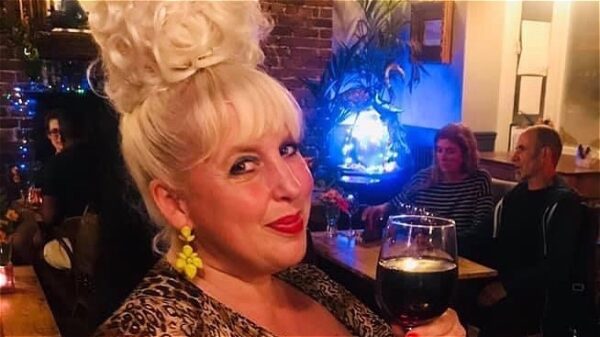
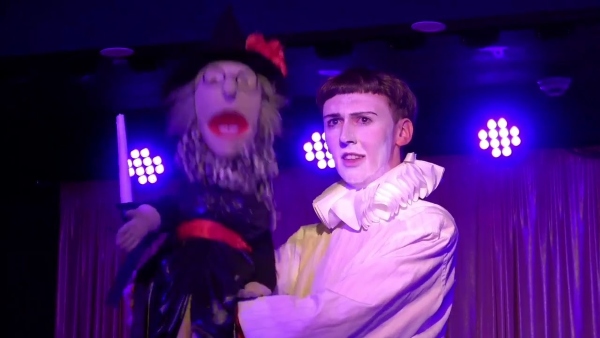


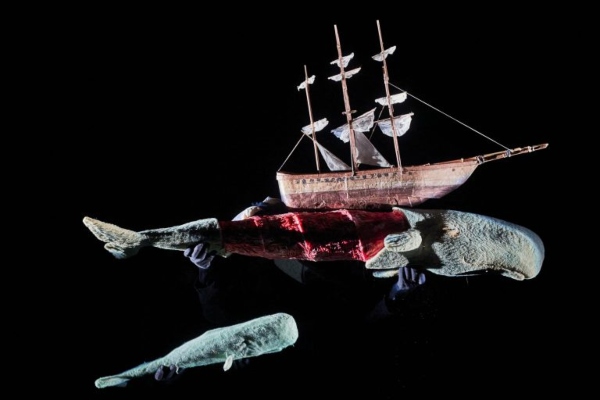



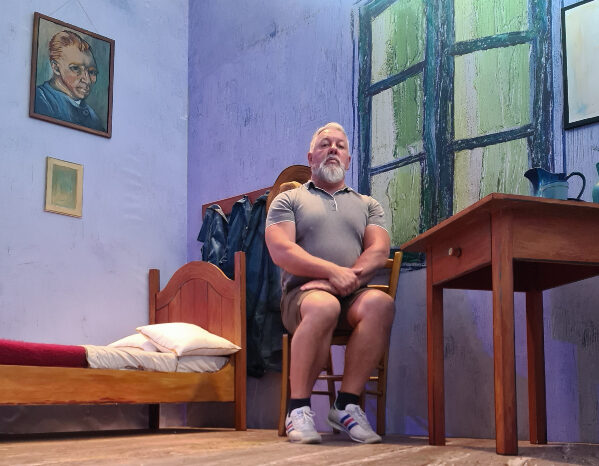





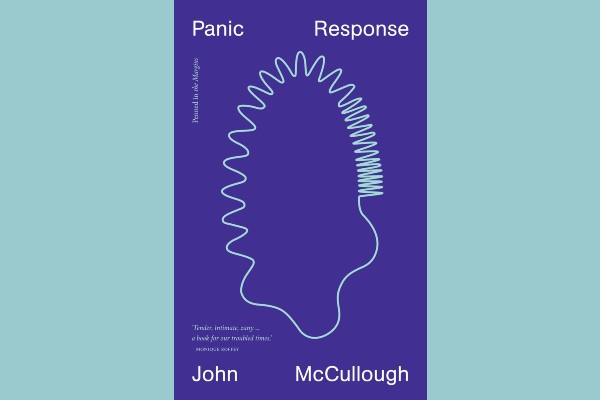
 His queerness is unequivocal, but don’t let that put you off – these poems sing of the body electric, harking of love commonplace and the pain we all share, these words grasp at meanings beyond print and text, and the trembling poet’s careful placing of them, deliberate one after another, trusting us to follow their lead, bring great reward. Do I gush, then I gush..
His queerness is unequivocal, but don’t let that put you off – these poems sing of the body electric, harking of love commonplace and the pain we all share, these words grasp at meanings beyond print and text, and the trembling poet’s careful placing of them, deliberate one after another, trusting us to follow their lead, bring great reward. Do I gush, then I gush..
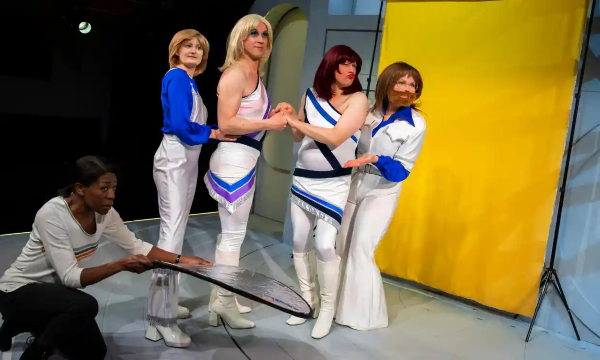


 The second half picked up the speed, a memorable coming out scene on the phone between one of our main characters and his Nan, a softening of the brittleness which allows the heart of the play to shine through. The first act felt a little too long and that must be the most irritating opening five minutes of any play I’ve seen, well done writers!
The second half picked up the speed, a memorable coming out scene on the phone between one of our main characters and his Nan, a softening of the brittleness which allows the heart of the play to shine through. The first act felt a little too long and that must be the most irritating opening five minutes of any play I’ve seen, well done writers!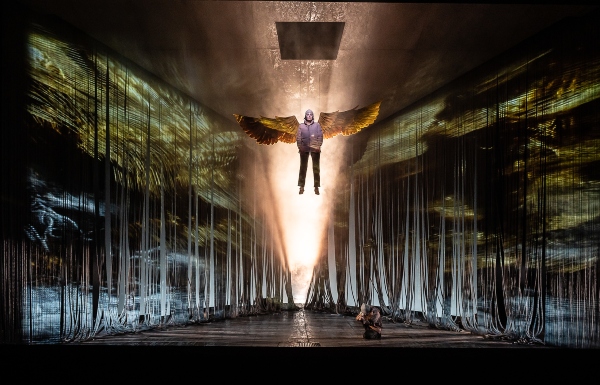





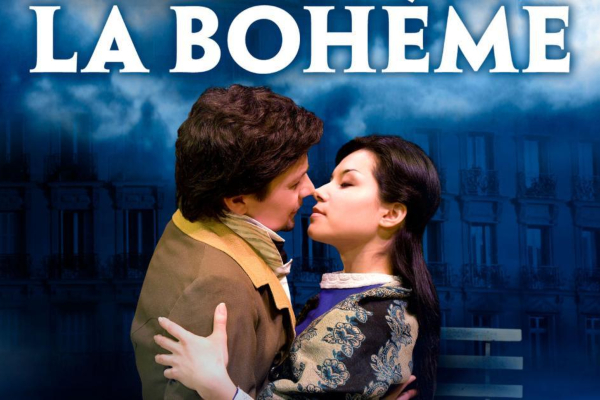
 Kent serves up well loved classics in a classic way, romantic, directly, in their original language, La Bohème is sung here in Italian, with surtitles above the stage (although these aren’t visible from the rear rows of the stalls). The live orchestra, the National Orchestra of Moldova is conducted in a lively way by Nicholae Dohotaru adding to the romance and vintage feel of these performances, the theatre royal removing the front few rows of seats to accommodate the big, robust members of the orchestra. My companion this evening adored Pucci and was delighted by this live intimate rendition from the orchestra, giving a real feel of connection between the musicians, singer, and audience.
Kent serves up well loved classics in a classic way, romantic, directly, in their original language, La Bohème is sung here in Italian, with surtitles above the stage (although these aren’t visible from the rear rows of the stalls). The live orchestra, the National Orchestra of Moldova is conducted in a lively way by Nicholae Dohotaru adding to the romance and vintage feel of these performances, the theatre royal removing the front few rows of seats to accommodate the big, robust members of the orchestra. My companion this evening adored Pucci and was delighted by this live intimate rendition from the orchestra, giving a real feel of connection between the musicians, singer, and audience. The night ended with a rather sober rendition of the Ukrainian National Anthem, sung by all the performers, and musicians and brought the Theatre Royal audience to its feet in a show of dignified solidarity for the communities, and families, of the performers devastated by the current war.
The night ended with a rather sober rendition of the Ukrainian National Anthem, sung by all the performers, and musicians and brought the Theatre Royal audience to its feet in a show of dignified solidarity for the communities, and families, of the performers devastated by the current war.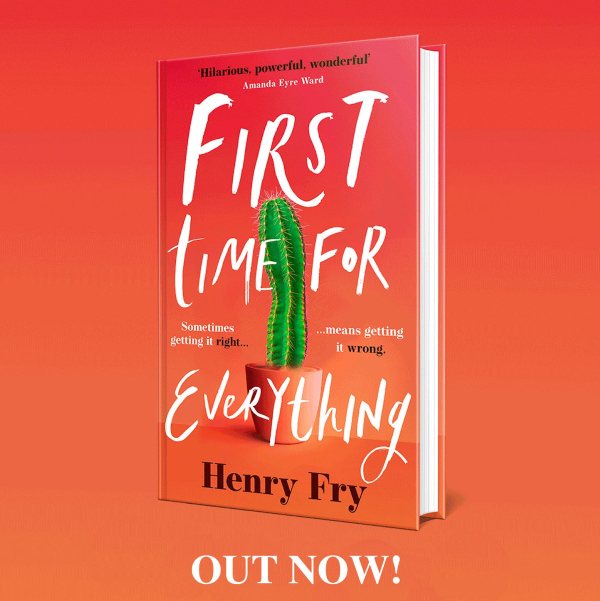
 Author Henry Fry centres Danny’s increasingly erratic choices in the narrative allowing us to explore with him, enjoy the fall out, laugh at the raw painful awfulness of it and wallow in the reflective dialogue of his endless therapy and patient loving friendships. It’s a cool narrative engine and whilst this is often done in gaylit, it’s not often done through such a sex positive, Homocelebratory, queer joy prism, offering the LGBTQ+ reader a solidly affirming read and a totally accepting story of self-discovery, queer experiences and the value and accepting dependability of found and chosen family.
Author Henry Fry centres Danny’s increasingly erratic choices in the narrative allowing us to explore with him, enjoy the fall out, laugh at the raw painful awfulness of it and wallow in the reflective dialogue of his endless therapy and patient loving friendships. It’s a cool narrative engine and whilst this is often done in gaylit, it’s not often done through such a sex positive, Homocelebratory, queer joy prism, offering the LGBTQ+ reader a solidly affirming read and a totally accepting story of self-discovery, queer experiences and the value and accepting dependability of found and chosen family.
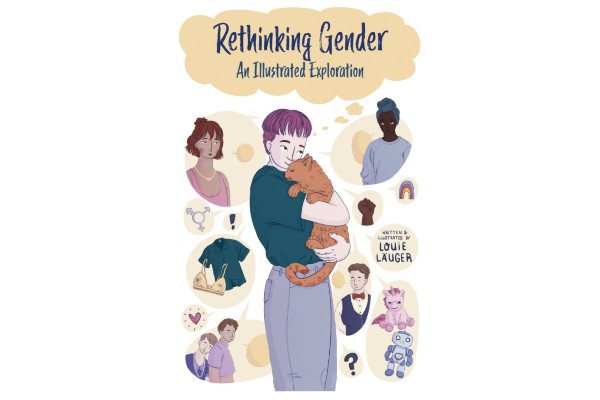
 Queer, cisgender, transgender, nonbinary, androgynous, maverique, intergender, genderfluid. Louie and ‘Cat’ journey with us through the world of gender—not claiming any ultimate authority, just careful considerate handholding as we explore. Gender is tricky to understand because it’s a social construct intersecting with our identity, via class, race, age, religion. Binary: male/female genders have been supreme for a long time, but Läuger also looks at the historical context of gender and how that has changed, across cultures, and time. It’s clear to most people that very little in life is Binary, gender especially so. That’s what this book is about: figuring out what gender means, one human being at a time, and giving us new ways to let the world know who we are.
Queer, cisgender, transgender, nonbinary, androgynous, maverique, intergender, genderfluid. Louie and ‘Cat’ journey with us through the world of gender—not claiming any ultimate authority, just careful considerate handholding as we explore. Gender is tricky to understand because it’s a social construct intersecting with our identity, via class, race, age, religion. Binary: male/female genders have been supreme for a long time, but Läuger also looks at the historical context of gender and how that has changed, across cultures, and time. It’s clear to most people that very little in life is Binary, gender especially so. That’s what this book is about: figuring out what gender means, one human being at a time, and giving us new ways to let the world know who we are. The illustrations are diverse offering respectful visual inclusion to this exploring of our bodies and self, with care to represent different ethnicities, cultural identities, and size. Along with offering up interviews and deeply personal narratives from people who talked with the author about gender identity, and what that means to them.
The illustrations are diverse offering respectful visual inclusion to this exploring of our bodies and self, with care to represent different ethnicities, cultural identities, and size. Along with offering up interviews and deeply personal narratives from people who talked with the author about gender identity, and what that means to them.




You must be logged in to post a comment.